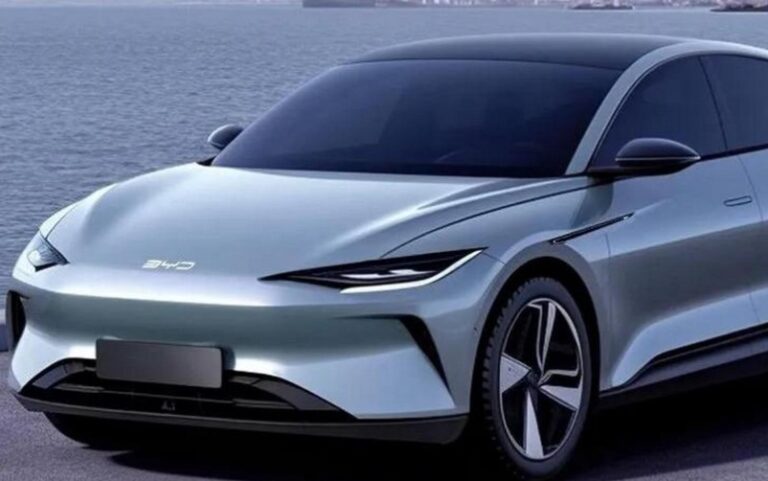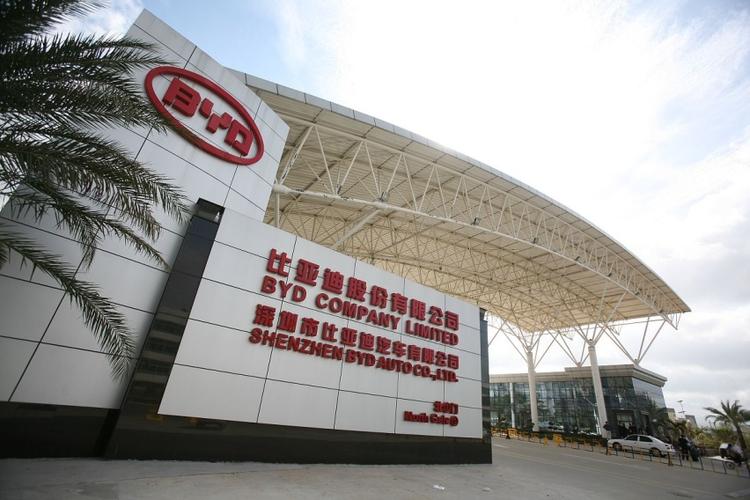EVE Energy Company Limited Detailed Research Report ,Financial Condition (Financial Performance & Stability)

Revenue and Profit Trends: In 2024, EVE Energy’s revenue was approximately ¥48.61 billion, a slight 0.3% decrease from 2023, while net profit was ¥4.08 billion, a modest 0.6% increase. This essentially flat performance marks a pause after years of rapid growth. The table below summarizes key financial metrics:
| Fiscal Year | Revenue (CNY) | YoY Growth | Net Profit (CNY) | YoY Growth |
|---|---|---|---|---|
| 2022 | 36.196 billion | +114% | 3.509 billion | +20.8% |
| 2023 | 48.686 billion | +34.5% | 4.050 billion | +15.4% |
| 2024 | 48.516 billion | –0.3% | 4.076 billion | +0.6% |
Note: EVE saw explosive growth from 2021 to 2022 (revenue more than doubled and net profit jumped ~21%), but growth has since plateaued in 2023–2024ainvest.com.
Recent Quarterly Performance: The most recent quarter showed a resurgence in topline growth. In Q1 2025, EVE achieved sales of ¥12.79 billion, up 37% year-on-year, while net profit reached ¥1.10 billion, up only 3.3% YoYainvest.com. This indicates strong revenue momentum but continued margin pressure, as profit growth lagged far behind revenue growth. The net profit margin slipped to around 8.6%, suggesting rising costs or pricing pressure despite higher volumes.
Margins and Segment Dynamics: Robust performance in the energy storage (ESS) segment has helped offset weakness in EV battery margins. In the first half of 2024, shipments of energy storage batteries surged 133% YoY to 20.95 GWh, and this segment posted a gross margin of 14.38%, providing a critical buffer against industry-wide price declinesainvest.com. In contrast, the EV power battery segment saw intense price competition, with gross margin falling to 11.45%ainvest.com. Thanks to the high-margin ESS business, EVE managed to stabilize overall profits even as EV battery margins were squeezedainvest.com. However, the slight 0.6% net profit rise in 2024 underscores that profitability is under strain and in need of strategic improvementsainvest.com.
Leverage and Debt: EVE’s aggressive capacity expansion has led to a substantial increase in debt. Total debt at end-2024 stood at ¥25.54 billion, and the debt-to-equity ratio climbed to roughly 63%. By Q1 2025, total debt further rose to about ¥32.51 billion (due in part to a convertible bond issuance in early 2024), pushing the debt/equity ratio to ~79%finance.yahoo.com. This leverage is significantly higher than a few years ago and indicates reliance on borrowing to fund growth. On the positive side, liquidity remains solid – the company held approximately ¥12.5 billion in cash and investments as of mid-2024ainvest.com. Current ratio hovers around 1.1, reflecting adequate short-term liquidityfinance.yahoo.com. Still, interest coverage has been tightening (about 7.4× in Q3 2024 per analysts) as debt servicing needs grow. EVE’s management is cognizant that improving cash flows and managing debt will be key to financial stability going forwardainvest.com.
Growth Rates and Outlook: EVE’s growth has decelerated markedly. After triple-digit revenue increases in 2021–2022ainvest.com, growth slowed to ~34% in 2023 and turned flat in 2024ainvest.com. This reflects the broader industry trend of supply glut and price cuts, which have moderated formerly breakneck expansion. Looking ahead, 2025 may mark a return to growth if volume expansion continues. The strong Q1 2025 sales uptickainvest.com suggests EVE is capturing new demand (particularly overseas ESS projects). However, achieving profitable growth is the challenge – margin expansion will depend on cost controls, economies of scale at new plants, and improved product mix. The company has indicated it is targeting higher overseas sales and more energy storage business to bolster profitability. Overall, EVE’s financial position is sound in terms of liquidity, but enhancing profitability and managing its rising debt are crucial for sustainable growth.







